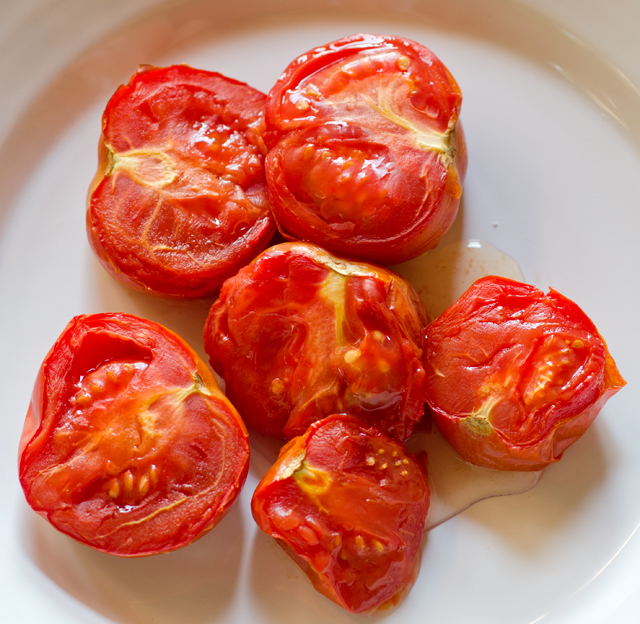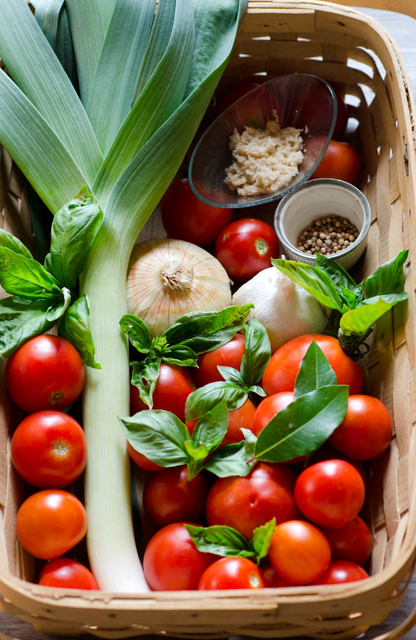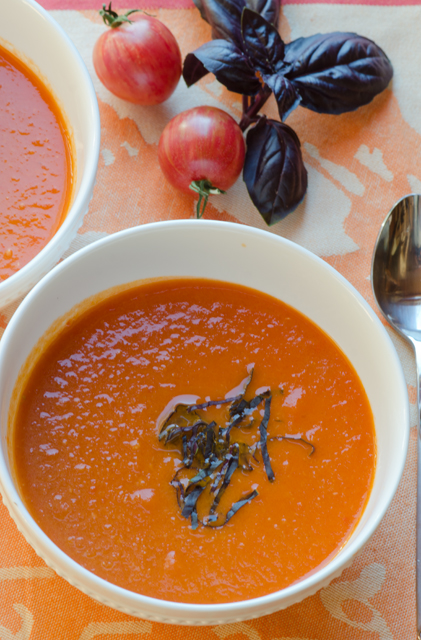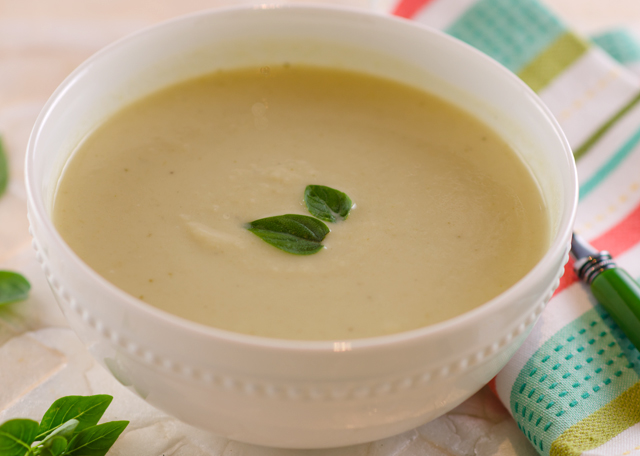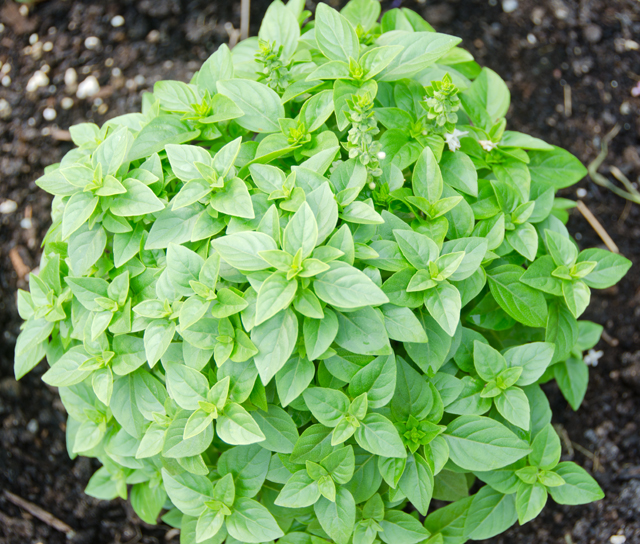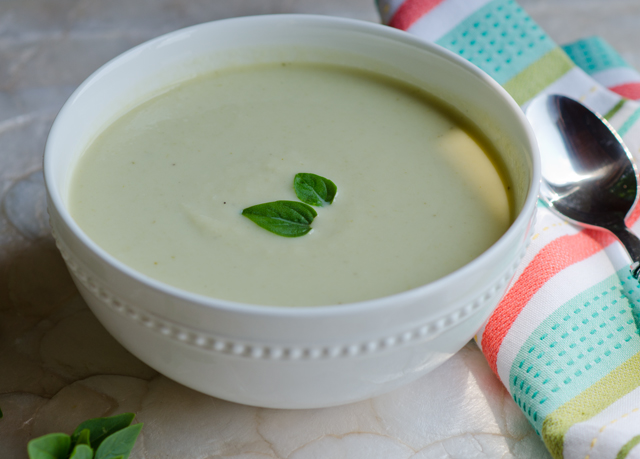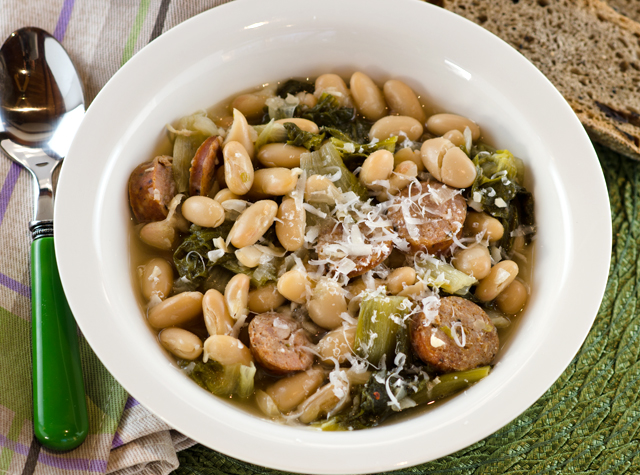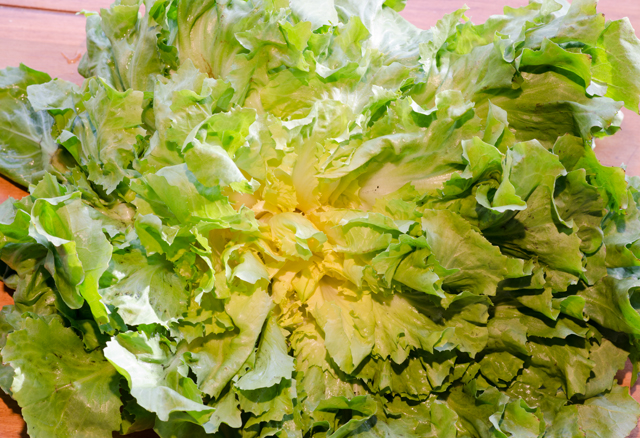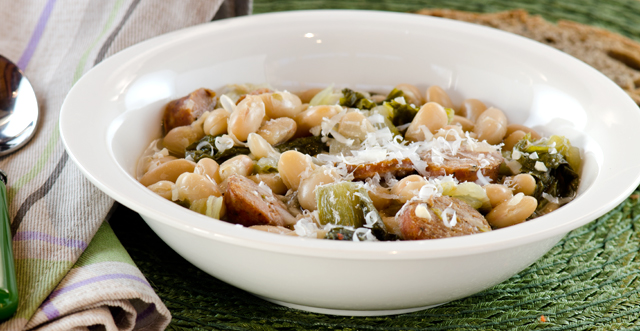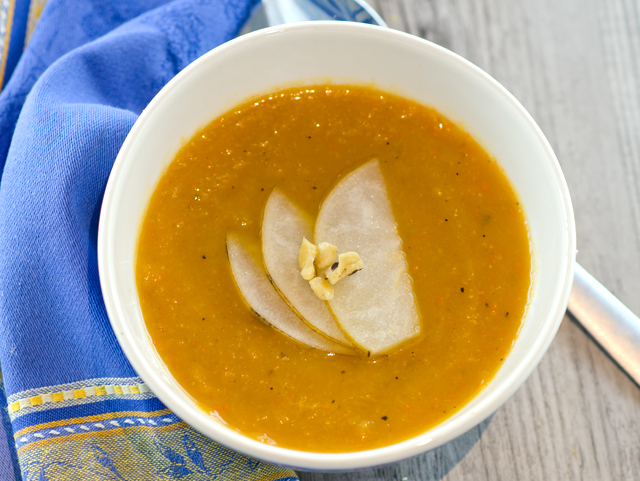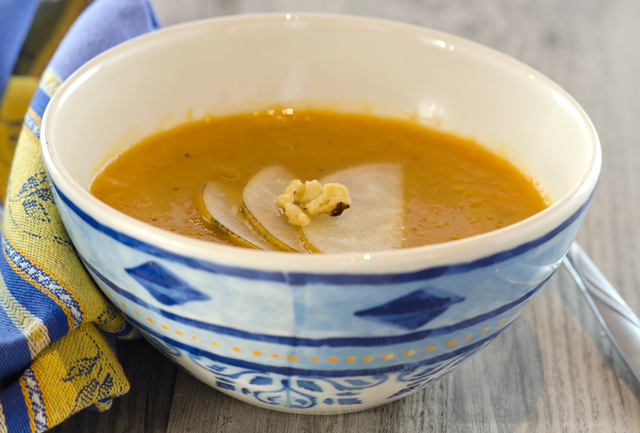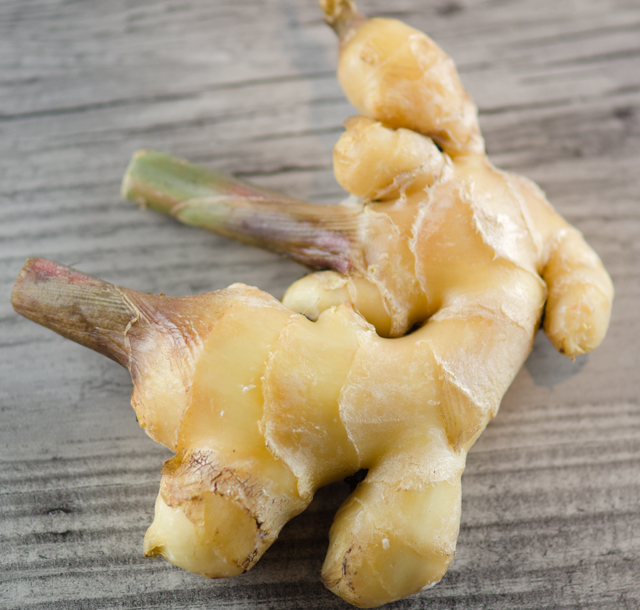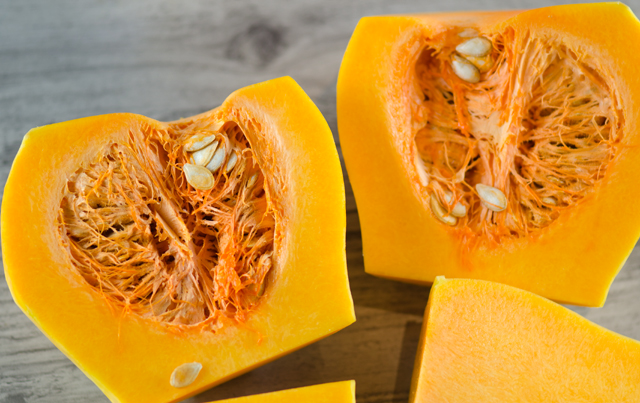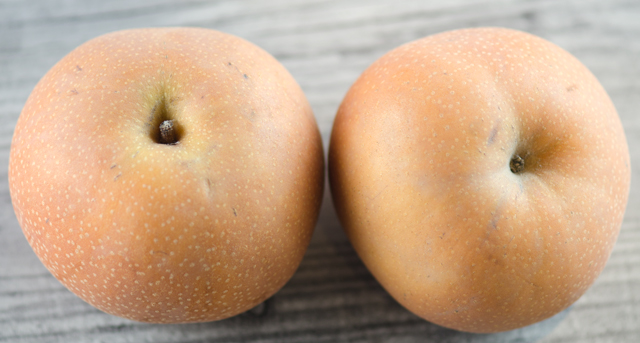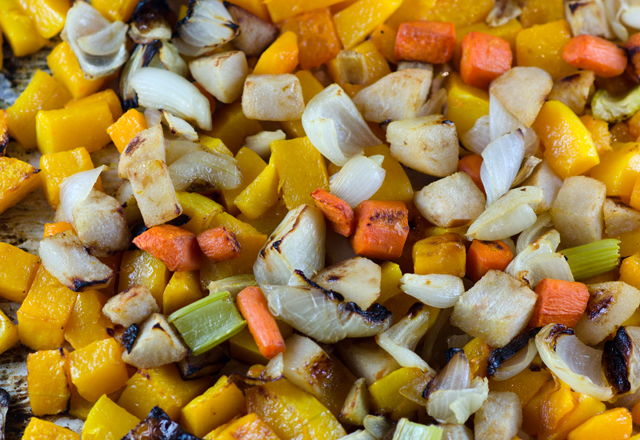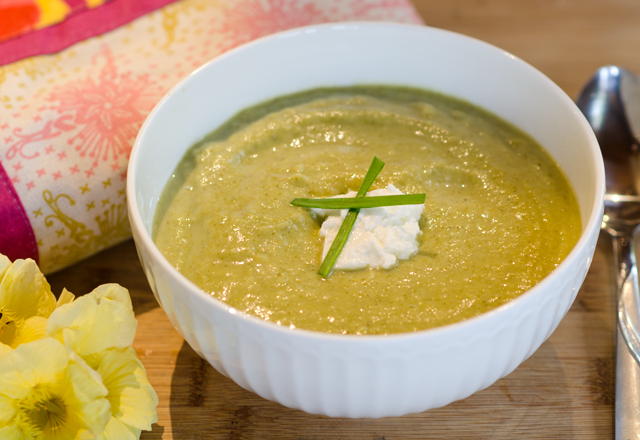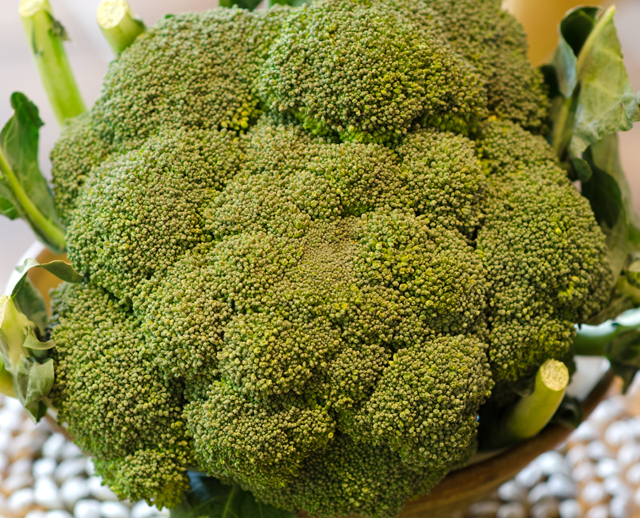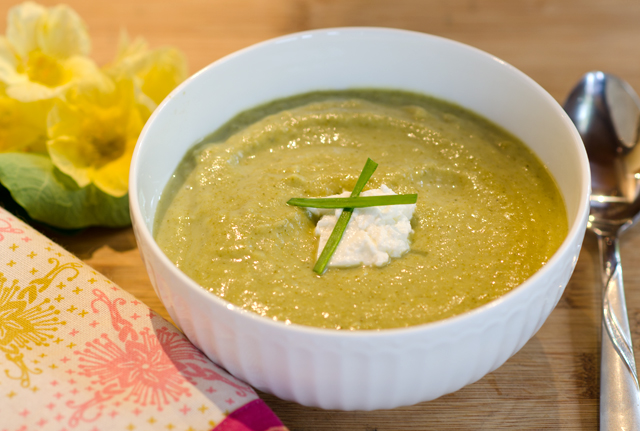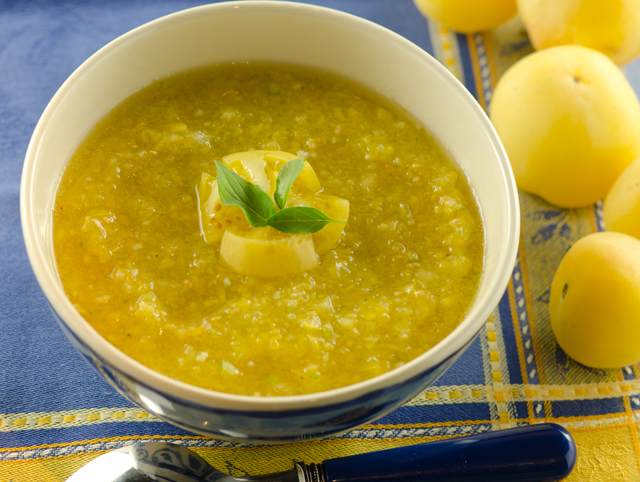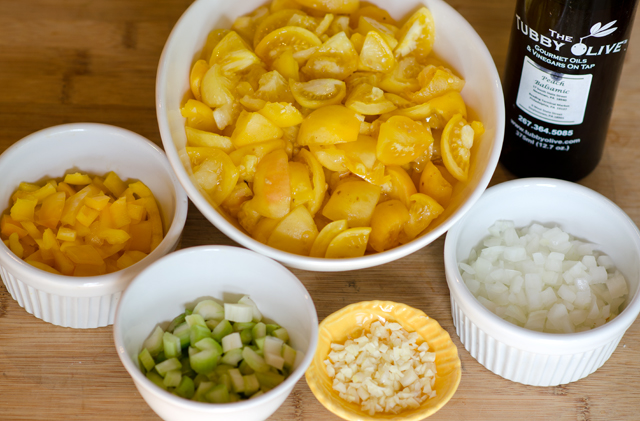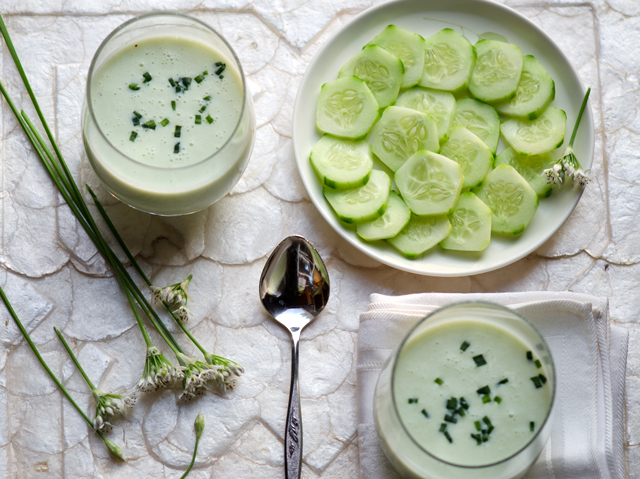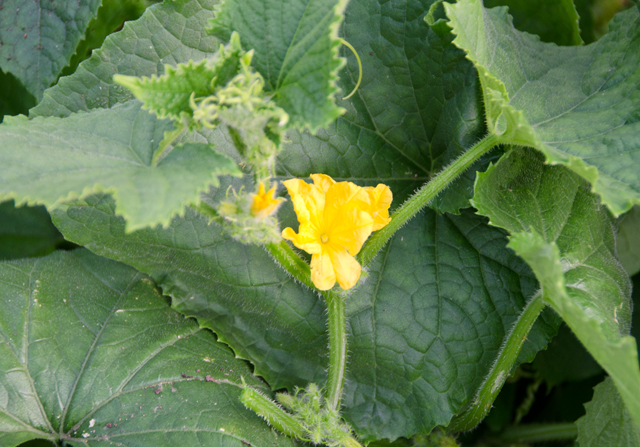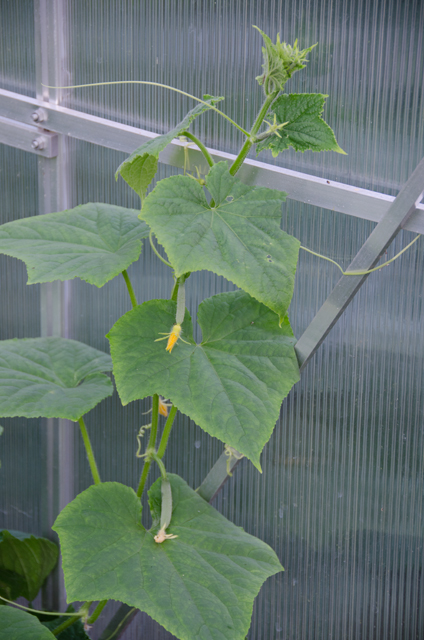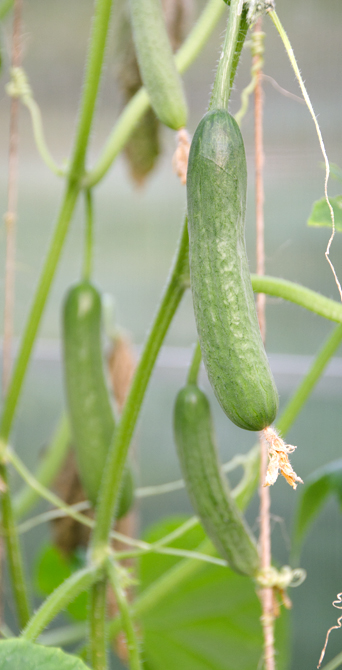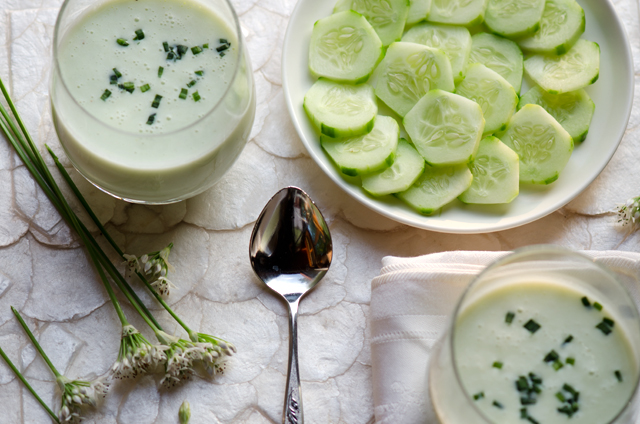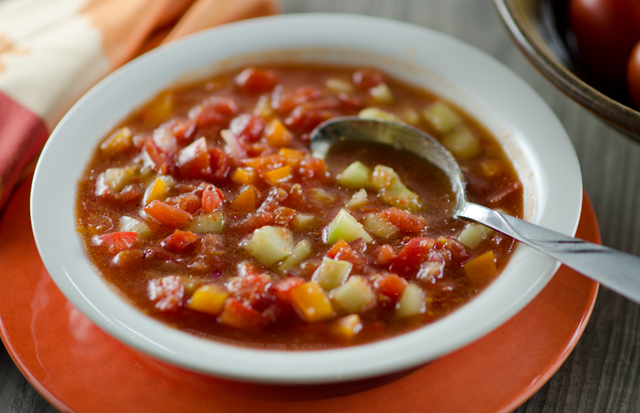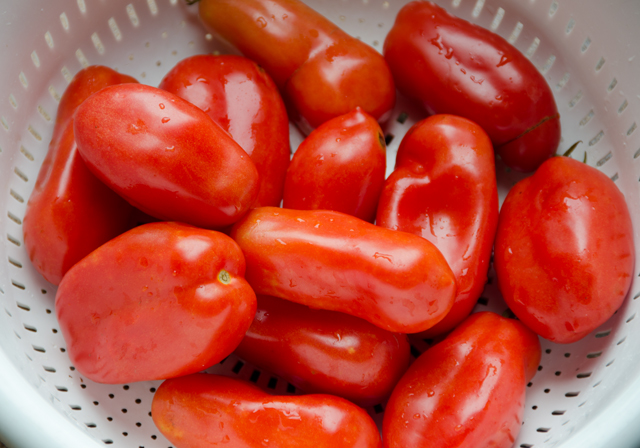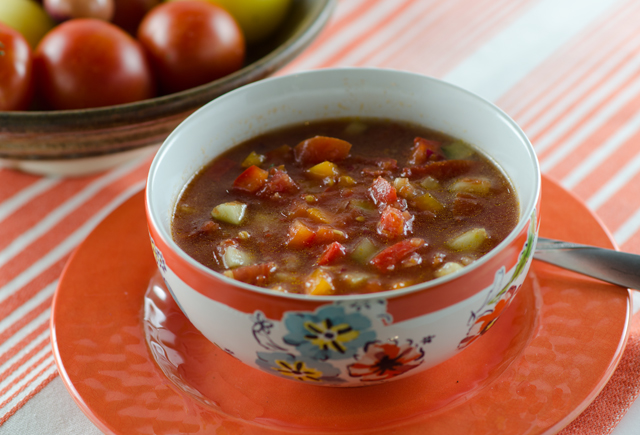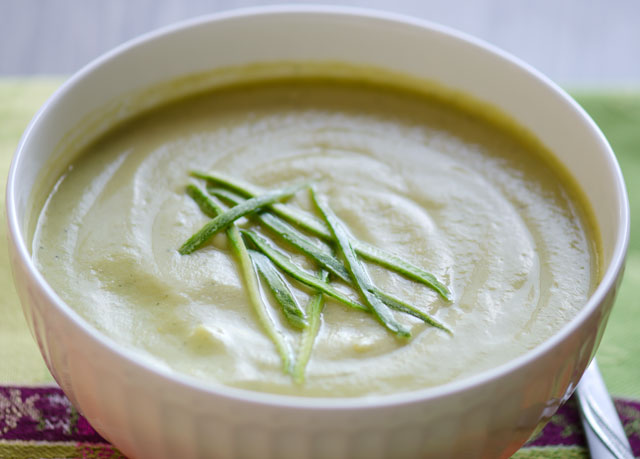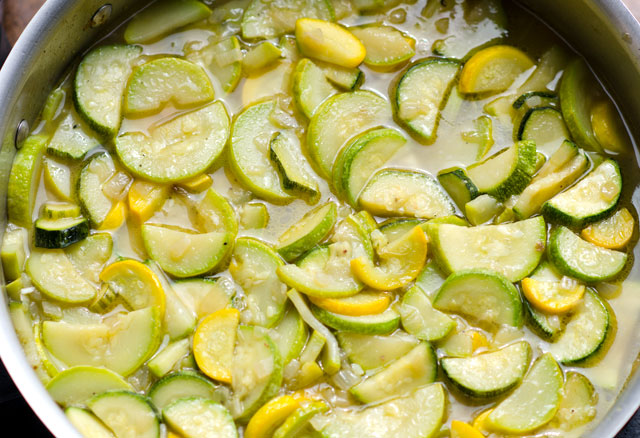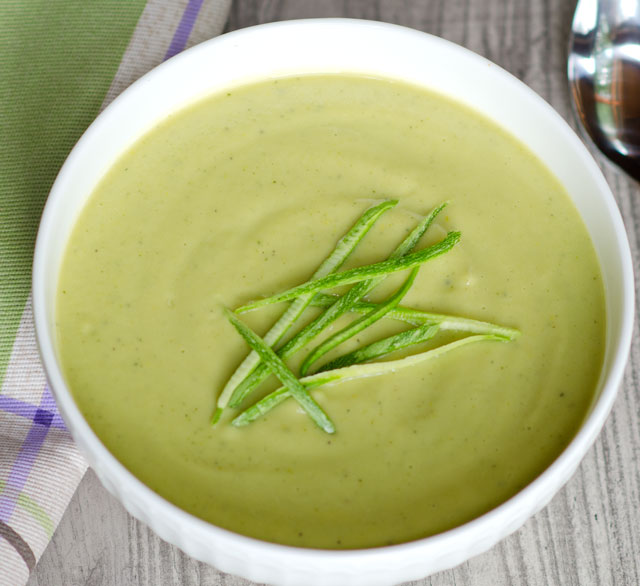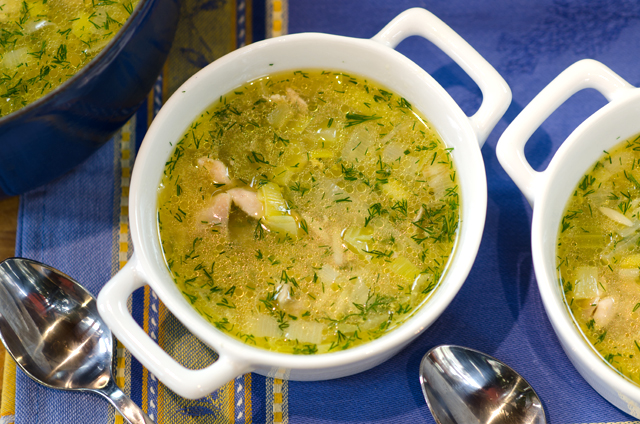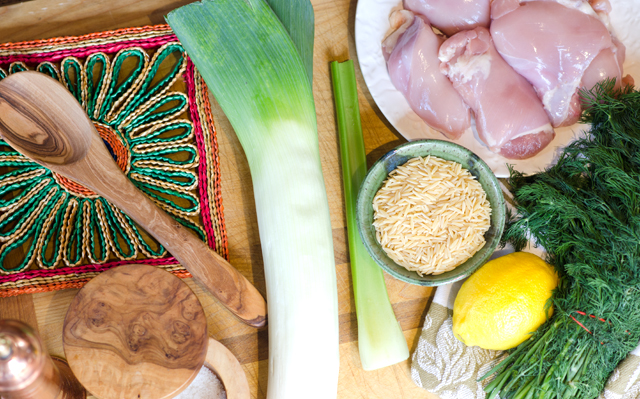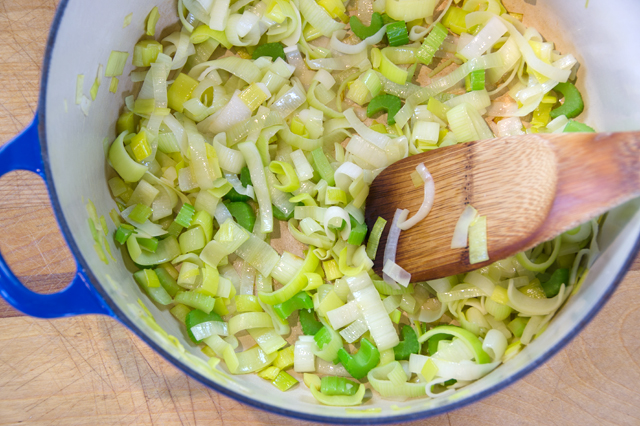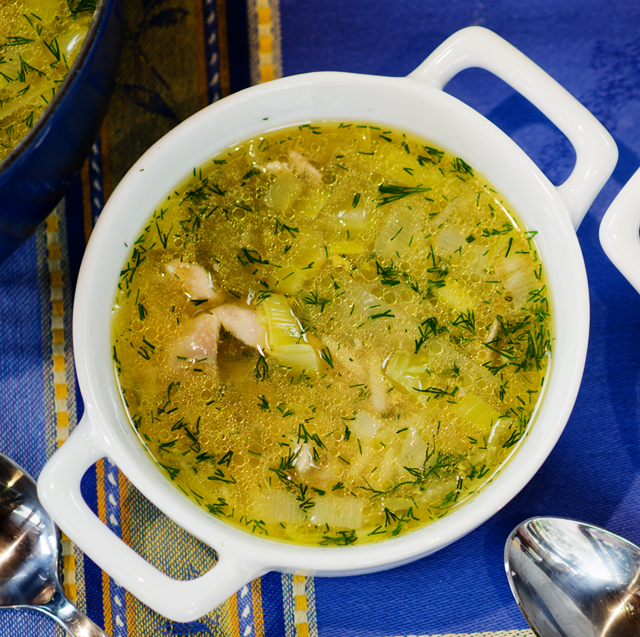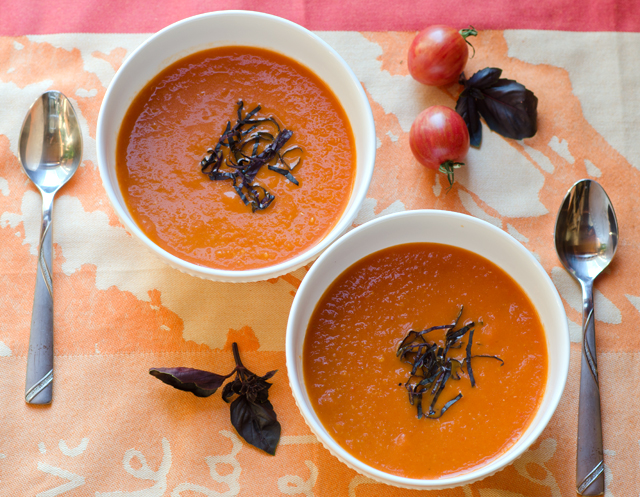 Situated just 30 miles north of New York City on the former Rockefeller estate in rural Potantico Hills, New York is Blue Hill at Stone Barns. It is a restaurant that exists within the Stone Barns Center for Food and Agriculture and a four season working farm. The mission of James Beard award winning chef Dan Barber is to “create a consciousness about the effects of everyday food choices”.
Situated just 30 miles north of New York City on the former Rockefeller estate in rural Potantico Hills, New York is Blue Hill at Stone Barns. It is a restaurant that exists within the Stone Barns Center for Food and Agriculture and a four season working farm. The mission of James Beard award winning chef Dan Barber is to “create a consciousness about the effects of everyday food choices”.
One of the first true “farm to table” restaurants, the menu at Blue Hill is based on what the farm has harvested that day, not on the diner’s whim. I can relate, that’s how we eat from spring to fall, especially now when the harvest from our garden is so abundant. I am freezing buckets of string and wax beans, the zucchini harvest is plentiful and I have just started roasting tomatoes to freeze for winter soups, stews and chilis. Needless to say, I am always on the hunt for new takes on familiar recipes. One that recently caught my eye was a recipe that has been published in both Food and Wine magazine and Bon Appetit, chef Barber’s Smoked Tomato Soup.
The idea of smoking tomatoes intrigued me, I have smoked salmon, every variety of poultry, and even cheese. In this recipe, some of the tomatoes in the soup are skillet-smoked, a chef’s trick that is easily achieved by the home chef. Before you begin this recipe, turn the kitchen exhaust fan on. Fragrant wood chips are scattered in a cast iron skillet and heated until they begin to smoke. Tomato halves, cut side up of course, so none of the juices are lost, are placed on a thick foil square. The skillet is taken off the heat, covered tightly and the tomatoes are allowed to sit until they are smoky, 5-8 minutes. Alternately, as I did, start with a stovetop smoker and spread the wood smoking dust on the bottom of the base pan.The drip tray and rack are placed on top. I placed the tomato halves on the rack, closed the lid and smoked the tomatoes for 10 minutes. It is important to only use wood chips or dust that are specifically made for smoking, and not sprayed with chemicals.
On the stovetop, an onion, a leek, (the first harvested from the garden), garlic, bay leaves and coriander seed are sauteed over medium heat. The recipe also calls for 2 teaspoons of fresh or prepared horseradish, an interesting addition that didn’t make the soup hotter but added another flavor dimension. The rest of the tomatoes are chopped and added to the soup along with chicken broth. To make this recipe vegetarian, substitute vegetable broth for the chicken. Let the pot simmer for about 45 minutes, remove the bay leaves and blend the mixture. Butter adds to the richness of the soup, but you can eliminate it if you are watching your calories. Top the soup with a chiffonade of basil. Served warm or cold, smoked tomato soup is a refreshing summer treat.
Smoked Tomato Soup
Serves four
Ingredients
- 4lb. plum tomatoes, halved and divided
- ¼c olive oil
- 1 large onion, chopped
- 1 large leek, white and pale green parts only, halved lengthwise
- 3 garlic cloves, crushed
- 2 bay leaves
- 2tsp coriander seeds
- 2tsp finely grated fresh horseradish or prepared horseradish
- 1½c low sodium chicken broth
- 4T unsalted butter at room temperature
- Kosher salt, freshly ground pepper
- Thinly sliced basil leaves (for serving)
Special equipment
- ½c hickory, pecan or apple wood chips
- 2T finely ground oak chips
Directions
- Scatter wood chips in a medium cast-iron skillet and heat over high until chips begin to smoke, about 5 minutes. Cut a 24″ sheet of heavy duty foil and fold in half twice more to make a large square. Fold in half twice more to make a small, thick square. Place the square carefully over the chips and set 5 tomato halves, cut side up on top, remove skillet from heat. Cover with foil and top with a lid or another medium skillet. Let tomatoes sit until barely softened and smoky, 5-8 minutes. Transfer tomatoes to a plate and let cool slightly.
- If you have a stovetop smoker: Place 2 tablespoons of finely ground oak chips in the bottom of the base pan of a stovetop smoker. Set the drip tray on top of the chips, and place the rack on the drip tray. Place 5 tomato halves, cut side up on the rack, and slide the lid closed. Place the smoker on the stovetop. Set the heat to medium, and smoke the vegetables for 10 minutes.
- Meanwhile, chop remaining tomatoes. Heat oil in a large pot over medium heat and cook onion and leek, stirring occasionally, until tender but not taking on any color, 8 to 10 minutes.
- Stir in garlic, bay leaves, coriander seeds and horseradish and cook, stirring occasionally, until fragrant, about 2 minutes.
- Add chopped tomatoes and broth, increase heat to medium high and bring to a boil. Reduce heat, cover pot and simmer until the tomatoes are soft, 35-45 minutes. Let cool slightly, discard bay leaves.
- Working in batches if needed, blend tomato mixture, smoked tomatoes and butter in a blender until smooth. Strain soup through a food mill with the medium disc in place into a large bowl; season with salt and pepper. Serve warm or at room temperature topped with chopped basil.
